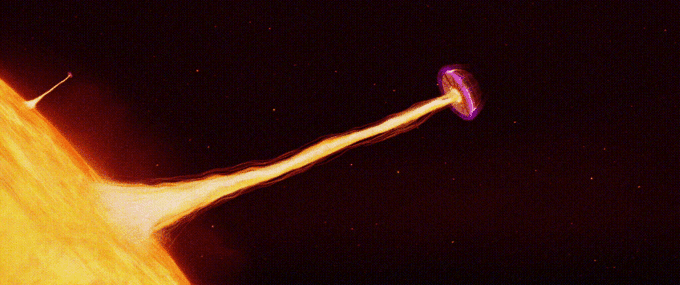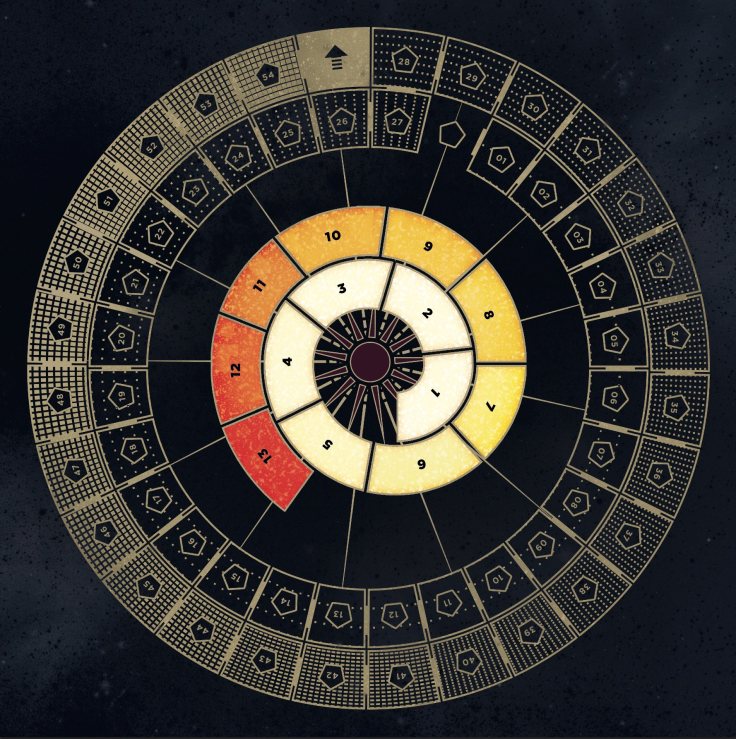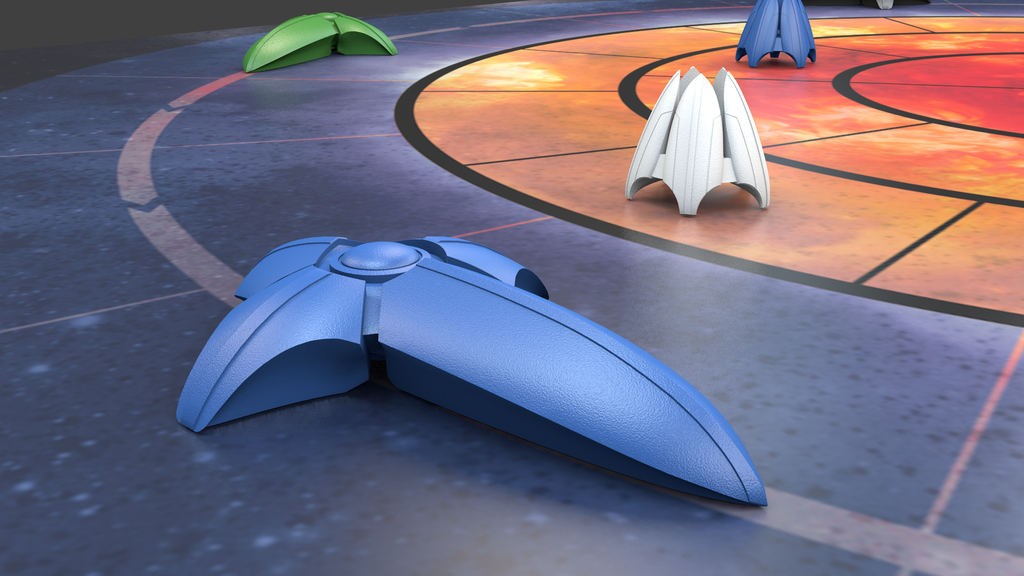What makes a game review good? As Lily noted in her piece, Culture War: The Broken Game We Made Together, game reviews became a critical flash point last year as reviewers and readers struggled with the form. Game reviewers were criticized for being compromised either by their cozy relationship with game publishers or their particular a particular political slant. Some readers demanded more cultural context while others wanted to divorce the game from its history. Taken together, the controversy didn’t lend itself to any kind of resolution. The two camps were (and are) antagonistic. It’s not surprising that reviews should have proved to be so controversial. Games make tricky texts. Those (New) New Critics who wanted a plainer, more “objective” criticism were often unaware of the politics of that criticism and mistook their subject position for something like objectivity. But there were problems on the other side of the fence as well. A casually applied cultural criticism can easily misread a game by failing to understand the mechanical context within which the game’s signs live.
Understanding the controversy in this way opens up the possibility for a kind of critical reconciliation. The discursive challenges games present are not insurmountable, and it for that reason that we will be publishing game reviews which attempt to expand the form. The first game review is from Cole, who writes on the upcoming game Sol: Last Days of a Dying Star.

Critical Disclaimer: While at BGG CON 2015, I stumbled upon one of Sol’s designers, Ryan Spangler, in the exhibition hall. We talked for awhile about various games and eventually he invited me to try his game. That initial play so intrigued me that I later sent him an email asking if I could purchase a prototype copy for the purposes of a review. He kindly sent me prototype copy free of charge. Months later, his game is on Kickstarter. I have backed it.
The setup for Sol is equal parts compelling and obscure. The players take the role of post-human races of tremendous power. War, famine, and all the rest are products of a distant past. Fueled by the power of the sun, stable and productive utopias have developed. This is a world beyond want and beyond strife. But, cracks have begun to emerge. The sun is dying. Panic has spread, and the once cooperative relationships between the various peoples have disintegrated. Now, great arks wait on the edge of the solar system, poised to leave behind their native sun. But, first, these generation ships must hurl themselves into the unknown using the last of the sun’s energies. Escape may yet be possible.
Sol is a race game, and, like any good race game, it understands that the true heart of the challenge exists not in the course ahead, but in the space in-between players. It is a game of uncomfortable partnerships, shared incentives, and timing. It is a careful dance around a dwindling future. It is also one of the most inventive logistics games of the past few years—the strange science fiction offspring of Roads and Boats and Cosmic Encounter. It is not a difficult game to learn, and it rarely overstays its welcome, even when played at a full complement of five players. Yet, it has the feel of something much longer and more complicated.
But, I’m getting ahead of myself.

I should start, perhaps, with the board. The board of Sol consists of a gigantic illustration of a star. There are five rings of movement, two outside of the star and three within. The various rings are subdivided into individual spaces. As you might suppose, it is far more efficient to move within the smaller, internal rings, than the outer ring. However, the rings within the star have a heavy black boarder, which prohibits movement deeper into the star until solar gates are constructed. We’ll get to them soon enough, but for now the board is empty.
Well, not exactly empty. At the start, each player places his or her mothership in orbit around the sun. A player’s mothership is the beating heart of their operation. It houses a player’s resources and deploys their ships. And here Sol departs from just about every game you have played before. A player’s mothership is not stationary. Instead, it drifts around the sun, sharing an orbit with all of the other players. In practice, this means that the things that you construct have a tendency to get left behind, and soon your mothership will likely find itself hovering above infrastructure built by the other players. If, on your turn, you drop off a collection of ships, those ships may not see your mothership again for a dozen turns.
That may sound like a long time—and it is—but turns in Sol are brisk. Each turn a player will take a single action, and then move their mothership one step further on the orbit path to signal that they have completed their turn. There are only three actions in the game (Move, Construct, and Activate), and each is remarkably straight forward.
The movement action allows you to use your ships, called sun divers. You begin the game with five sun divers, which are initially housed in your mothership. Your sun divers initially move in any space adjacent to your mothership and from there can buzz around the outside of the star and solar gates in order to get beneath the star’s surface. Sun divers are at core of your operation. They are used to activate stations, like workers in a worker-placement game. But, they are also used to build the stations themselves. Players who invest a lot in buildings will soon find themselves short of workers. Managing the flow of ships in and out of your mothership will prove to be one of the Sol’s most persistent logistical challenges.
The logical problem they present is two-fold. First, there is a question of distance and position. After sun divers use a building, they are returned to your mothership. This means that you need to time your building activations in accordance to the slow orbit of your mothership. A well-timed activation will bring your sun divers home just in time to be dropped off for the next mission. The second problem has to do with construction. Your stations are composed of sun divers. When a station is constructed, the sun divers that made it are placed back in your stock of unused pieces. Every station takes between two and three sun divers to construct, so a construction blitz can lock up the vast majority of your ships, leaving you without the ability to activate all of your fancy new buildings.
Sol handles construction in an interesting way. First, you must arrange your sun divers into a particular pattern on the board, then you to take a Construct action in order to turn those ships into some kind of building. There are four possible patterns which produce four different structures. The first is a solar gate, which allows you to progress more deeply into the sun. Players can also construct three different kinds of stations: foundries (which build sun divers), solar nodes (which collect energy), and transmit towers (which send that energy to your ark). Importantly, only one building may exist in each space.
Here many might begin to object to my earlier comparison of Sol to Roads & Boats. In the place of the myriad resources of the latter, Sol has a very simple supply chain. Energy is harvested and then used to build more Sun Divers or beamed up as Victory points. In this sense the game engages with the classic conversion curve that characterizes virtually every euro game from Puerto Rico to Dominion. Put simply: when do you move from investing in operations to trying to crank out victory points?
Sol knows that this is the core question of the Euro genre and doesn’t try to muck things up with a lot of fancy subsystems of alternate currencies. Nor does Sol rebuke the questions premise and present players with the dizzying subversion of a game like Christophe Boelinger’s Archipelago. Instead, Sol refocuses that question on the relationships that emerge between the players as play progresses.
This is accomplished in two ways. First, players can use each other’s buildings. Like Caylus, the owner of the building is granted a bonus. Your ships and production chains can and will comingle. Second, the pace of the game is wholly within the player’s control. Stations constructed closer to the heart of the sun are more effective. Whereas a foundry built in the highest orbit can produce only a single ship, a foundry in the heart of the sun can produce eight! But such increased production capacity does not come without consequences. Activating buildings in the inner layers of the sun calls more cards to be pulled from the deck. It is those cards which push the game towards its conclusion. For the first half of the game, hardly a single card will be taken from the deck, but, by the end, sometimes ten or more cards are drawn in a single turn. In this way building patterns of the players will inform the game’s pace. If the board is developed evenly and steadily approaches the core of the sun, the game will have a smooth progression in the end. But, sometimes the core is the first thing filled, which quickly kicks things into a very high gear. That placement of a building in one of the first few turns can determine both the shape of the game and its outcome speaks to the brilliance of this design.

That said, like with other high-interaction/low-luck logistical games (Neuland, Roads and Boats, etc), we have seen patterns begin to emerge in play. Initially I was worried that these patterns would make the game feel predictable. But here, as with its forerunners, Sol uses a variable setup to provide a huge range of scenarios. These scenarios are provided through the random or semi random draw of Instability Effects at the start of each game. These cards, which are then coded to the games suites, describe the abilities of the cards in the deck. Here the game’s debt to Cosmic Encounter is most apparent. All of these effects are game-breaking in some respect and they work together to give each match a very different feel. Some games will be extremely conflict heavy; others might be energy-rich sprints.
In most games with randomized setups, reading the initial game state is critical. When I used to play Age of Steam regularly, we would puzzle through each individual setup for five or ten minutes before making our opening bids. The starting card selections in Dominion deserved similar scrutiny. Sol is different. Though the selection of instability effects will go a long way in determining the shape of the game, their effects are secondary to the patterns of construction and the interactions between players. This means that the barrier to entry—even when playing games with experienced players, can be quite low. A new player is likely to get beat, but they likely won’t suffer that new-player vertigo when they try to assess their options.

Though it’s a game that comes from a new company and a pair of new designers, Sol nonetheless feels like a major intervention both mechanically and thematically. Its rules are simple and stripped down—almost to the point of being an abstract game—and yet, it sports a robust decision matrix rife with interesting choices.
But that minimalize doesn’t detract from the game’s setting. Sol is a science fiction game like few others and, I think, it issues a challenge to both players and designers to think more deeply about our engagement with the genre. At some point science fiction games stopped being about the things that first drew me to science fiction. They started instead being about science fiction itself. That is, when you play a game of Space Alert, the design doesn’t ask you to be terrified of the special anomaly, or even to contemplate the complicated history of exploration as a human activity rife with imperialism and genocide. Instead, the encounter is simply presented as something that happens in science fiction. In this way, so many science fiction games simply revel in their tropes. Thus we have Dark Moon, which expertly boils down the essential characteristics of the saboteur-in-space motif, Space Cadets, which (also expertly) spoon feeds us our own memories of watching star trek as children and conducting our schoolyard away missions. And, of course, just about any 4x space game which trades in the pacific war design aesthetic of space empires that seems to have become the norm since Star Wars transformed our cultural imaginations back in the late 1970s.
This is an unfortunate myopia. Science fiction was and continues to be a fertile place for artists to stretch their imagination. Yet, in the world of board games, publishers return to the same bankable tropes over and over again. Somehow the genre as become as safe as all the rest. Though we may shout and laugh as our red shirts die or gasp as a second war sun is brought online, these responses are as scripted as the events themselves. Science fiction games rarely deeply strange and few seem able to produce genuine wonder in their players.
Sol is an exception to the rule. Maybe it’s the steady rhythm of the orbiting motherships or the curious social environments that the game fosters. Maybe it’s the games meditation on sustainability and action or, perhaps, the sense of hope as you beam your energy to your arcs or tense card draws or the pushing of your little sun divers closer towards the sun’s core. Perhaps its all of these various moments working in concert. In any case, the game brims with wonder. And, in this sense, the game taps directly into the best traditions of both science fiction and tabletop gaming.



July 21, 2017 at 9:51 am
Great read! Sol was a game I gave a lot of thought to backing but ultimately decided against as I was concerned that the simple mechanics would not make for very deep play. It appears I was mistaken and now my lack of fear of missing out has turned into the very real remorse of inaction. To make matters worse, Sol appears to be a one-print game…
LikeLike
August 10, 2017 at 5:33 pm
Actually, I missed the kickstarter, but was able to order a copy directly from Elephant Labs. Check out there website to see if they still have copies. It’s Augus 10th, and I just got a shipping notification for it.
LikeLiked by 1 person
August 13, 2017 at 12:14 am
Thanks for that, Brendan! Didn’t realize they had copies for sale.
LikeLike